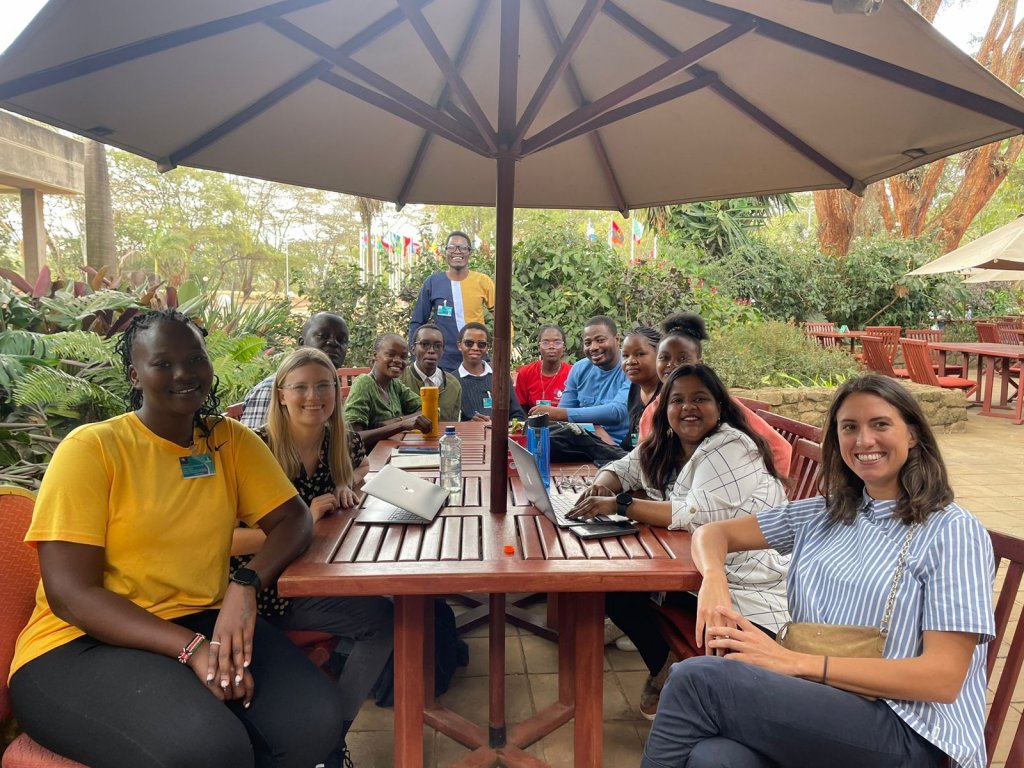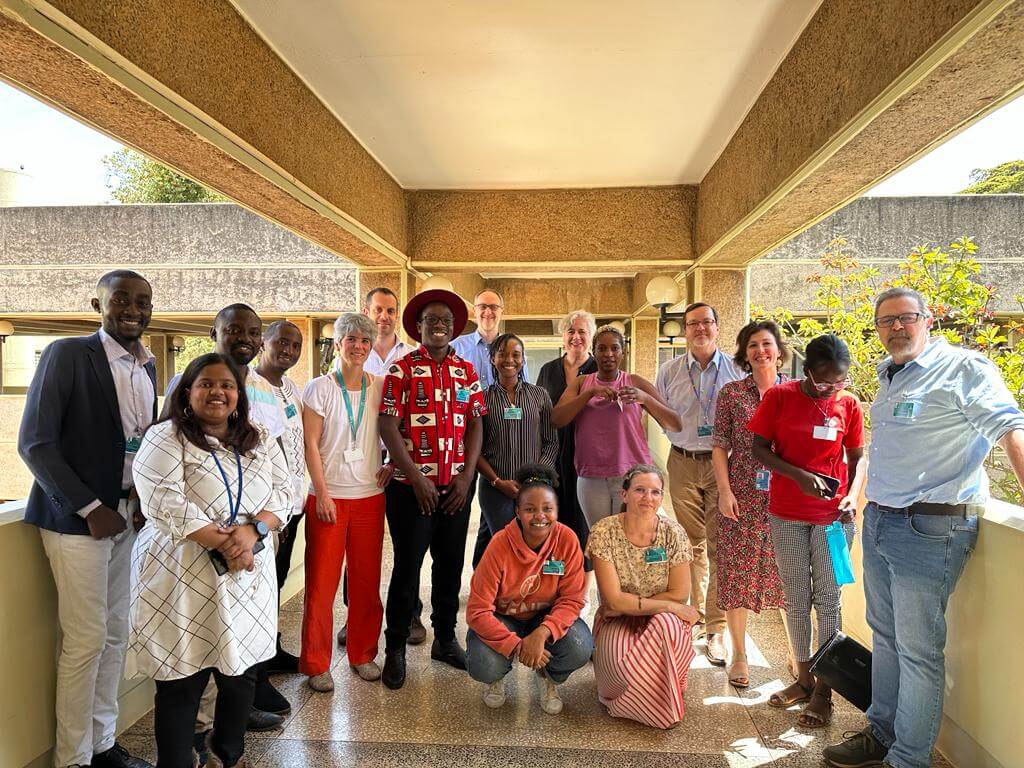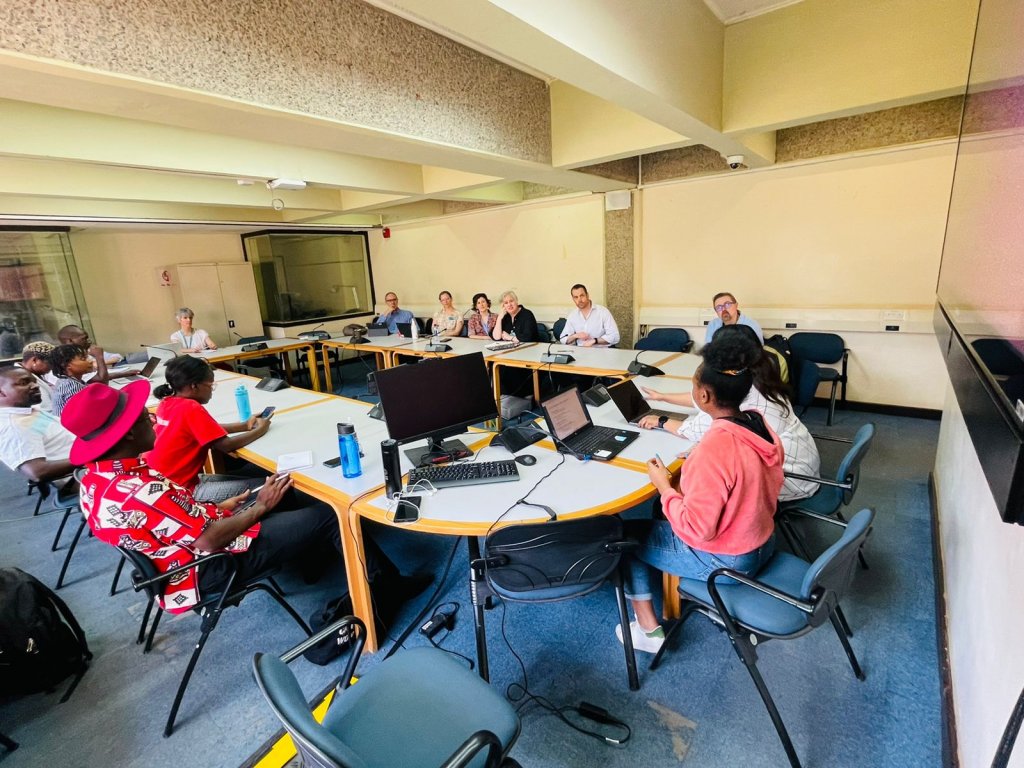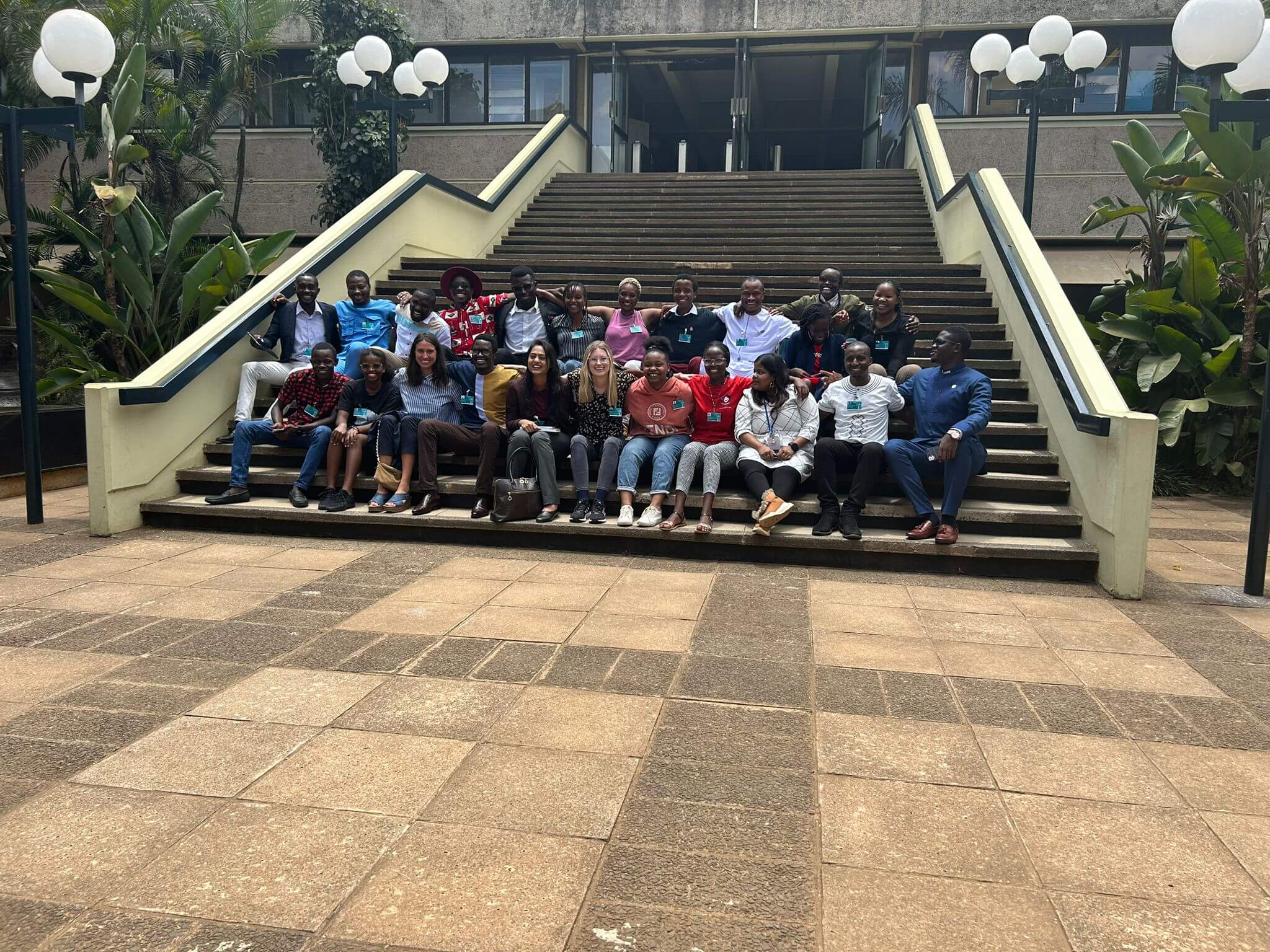Children and Youth in SAICM: 10 Evidence-based Reasons Why they are Vulnerable – Check this out!
Children and Youth in SAICM Beyond 2020 is the whole reason I and tens of other youth have come from various corners of the world to fight for our inclusion in the ongoing UNEP meeting on SAICM Beyond 2020 (also called IP4.2) here at UNEP Head Quarters, Nairobi, Kenya. Well, in this short article, I want to briefly highlight 10 evidence-based reasons why the fight for inclusion of ‘children and youth in SAICM’ is not a reasonable fight but an INEVITABLE one!
Meanwhile, please, familiarize yourself with what this is all about. I have done my best to make it easy for you in my earlier writings. Read IP4.2 and SAICM series!
Children & Youth in SAICM: Millions of young people at risk of chemicals and wastes!

According to World Health Organization (2018), more than 90% of children across the globe are breathing in polluted air, which later affects their respiratory health. In fact, in 2016 alone, it is estimated that 600,000 children died of acute respiratory conditions caused by polluted air! Well, that is just polluted air, isn’t it?
As a professional in the fields of nursing and public health (see my profile), I know there is much more, much deeper than we shall ever uncover! Tell me, how many die due to polluted water, food, or even polluted clothing of children! Yet that isn’t it all!

There is another problem, probably, the most dangerous one in this 21st century. Can you guess what it is? yeah, you got it; E-WASTE! The truth is, not even the World Health Organization fully understands E-waste, for the rate at which innovations, consumerization, and dumping of e-waste is happening is faster than our pursue of its management!
According to the available evidence, more than 53.6 million e-waste were produced in the year of 2019 alone. The report from E-waste statistics partnership says that, in just 5 years, E-waste increased by more than 21%. Estimates say that it could hit about 120m tonnes per year by 2050. Sadly, warns the report, only 17% of it is recycled. I think this is an opportunity for us, the sustainable entrepreneurs at SACRED ENTREPRENEURSHIP.

As early as 2012, World Health Organization stated that 1.7m children were dying annually due to environment-related causes. With E-waste included, we can’t even tell how many more have been exposed to toxic E-waste like lead, mercury, and other dangerous materials in the numerous electronics around us. And definitely we can’t tell how many are dying per day, per month, per year as of now; just estimations!
This is even worse in developing countries that are usually the dumping grounds of old and non-functional e-waste, war artillery, poor water, polluted foods, and air, and a lot more. Okay, in brief, the point is, millions of children and youth are exposed to chemicals and e-wastes and suffer and die of ‘them’. Very sad indeed.
However, in terms of this exposure and possible death from these toxics, one could argue that it’s really NOT youth and children alone, but everyone else. Specifically, there are other vulnerable populations like women, people with disabilities, the poor, and those in war-torn zones who are at greater risk for these exposures too. However, that said, in this article, I will show you why children and youth are a special category of vulnerable populations.
Therefore, without drowning deeper into this, let us get back to the point of this article.
Why Children & Youth Are More Vulnerable to Chemicals & Wastes

Children and youth are specially affected by chemicals and wastes for a number of scientifically proven and evidence-based reasons as briefly discussed below:
1. Small size and thus high absorption of the toxins. According to one scholar at the World Health Organization, “a child who eats just one chicken egg from Agbogbloshie, a waste site in Ghana, will absorb 220 times the European Food Safety Authority daily limit for intake of chlorinated dioxins”. What! Do you get this? This is just special to children and ‘young’ youth.

2. Closer proximity to where the toxins are (floor, dust, dirt). This is clear, isn’t it? Children are crawling, or just standing, but few inches from the ground. Importantly, they are rarely in protective gears like helmets, shoes, or gloves. Therefore, if the environment is ‘infected’ with chemicals and wastes, children will be more exposed and harmed than any other person.
3. Their curiosity, exploratory-oral behaviors (or even their hands that are dexterous or skilled with electronics and technology). Children are always wondering about things. They want to try those things, sometimes orally! This is a unique vulnerability. Of course, ingested chemicals and wastes are likely to be more dangerous than the touched only, right? Well, a child’s curiosity will move the risk from touching to even swallowing or putting in the mouth. Now, that is the real danger!

4. They proportionately take larger amounts of water, food, milk than anybody else (that is, per kg of their body weight). This implies that if any of these in-takes are actually contaminated, then children have been harmed far beyond than anybody else. It means we have taken in much more chemicals and wastes than the body we have taken the chemicals into, lol!
5. Children don’t have well developed organs and excretion systems, which means that even after we have all ingested or been exposed to similar chemicals and toxins, they may have difficulty excreting them, which makes them more vulnerable than adults. Yeah, the liver, kidneys, the blood system and immune systems are already developed in adults than they are in children and youth, which makes that age group vulnerable.
6. Damage to DNA, damage of the future generation. Children and youth are still growing, and their DNA or cell growth still at high rates of multiplication, expansion, or even specialization, and intoxication of them at this level could mean affecting their DNA, which can affect their offspring. I really hope you have met the term intergenerational equity or protection or whatever! The idea is if we don’t protect youth and children, then we surely have done a grave mistake, for it isn’t their own lives online but also the future generation.
7. Socioeconomically, children and youth may not have resources and capacity to deal with the roaming threat of chemicals and wastes. For example, young children may not understand the dangers to do with various types of chemicals and wastes. Even if they knew, they (youth and children) might not be in position to protect themselves.

Sometimes, this vulnerability could be due to their size and inability to physically run away from danger as is for most people with disabilities. However, in many other sad instances, it could be that they are socioeconomically incapacitated to effect anything!
Available evidence shows that youth and children (and women) are forced by socioeconomic circumstances to work in informal and unregulated sectors, which are basically areas of contamination with all sorts of chemicals and wastes. It is called HAZARDOUS CHILD LABOR
8. They (children and youth) are rights-owners or rights-holders. In general, children and youth have the same rights as adults. However, because of their special needs or vulnerability, there are many internationally recognized SPECIAL rights that protect them and demand that they be offered special attention.
9. Specifically for SAICM Beyond 2020, children and youth are implementors of the proposals. It would be very ridiculous to develop a policy framework that is totally ignorant of the needs of those who shall implement it, lol! I mean, it is SAICM Beyond 2020, right? In the next 10 or 40 years, delegates who are deciding on the policy today won’t even be there to feel it. Lol.
Additionally, policy recommendations need to be implemented via various innovative programs that youth and children are doing. And also, with their energy and creativity, youth and children are a special group to consider if anything is to succeed! One diplomat said this about youth: Well, one great thing about youth is that all you have to is to reach out to one, and the effect will be spread quickly’. That is how impressive young people can be!
10. They are simply children and youth. That is all. What’s wrong with that? It’s a privilege that every human goes through, and it is quite for everyone to have the best the world could offer during that stage of human life.




